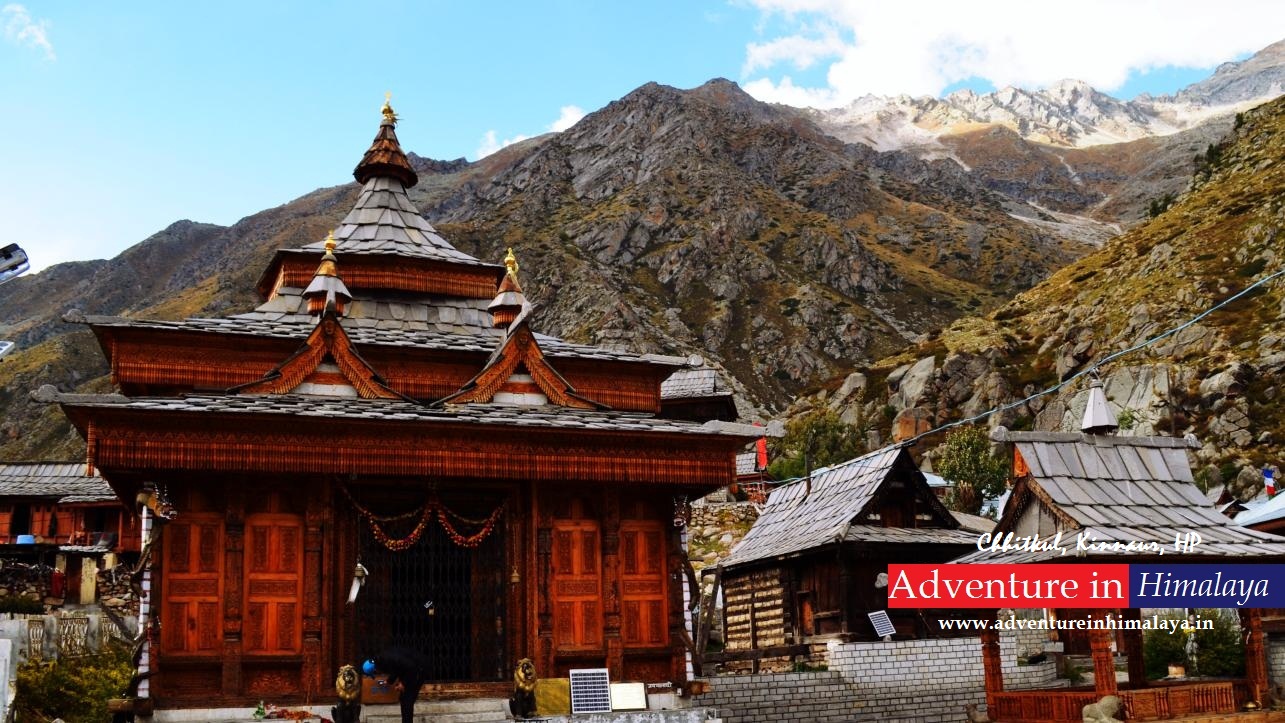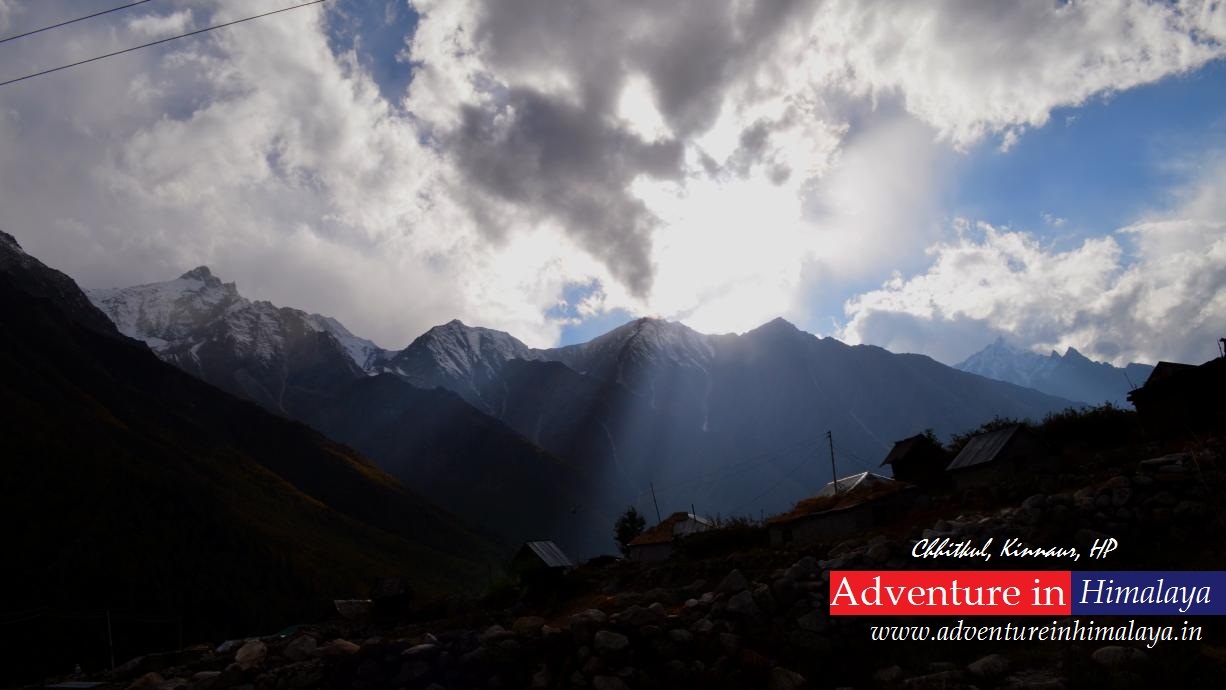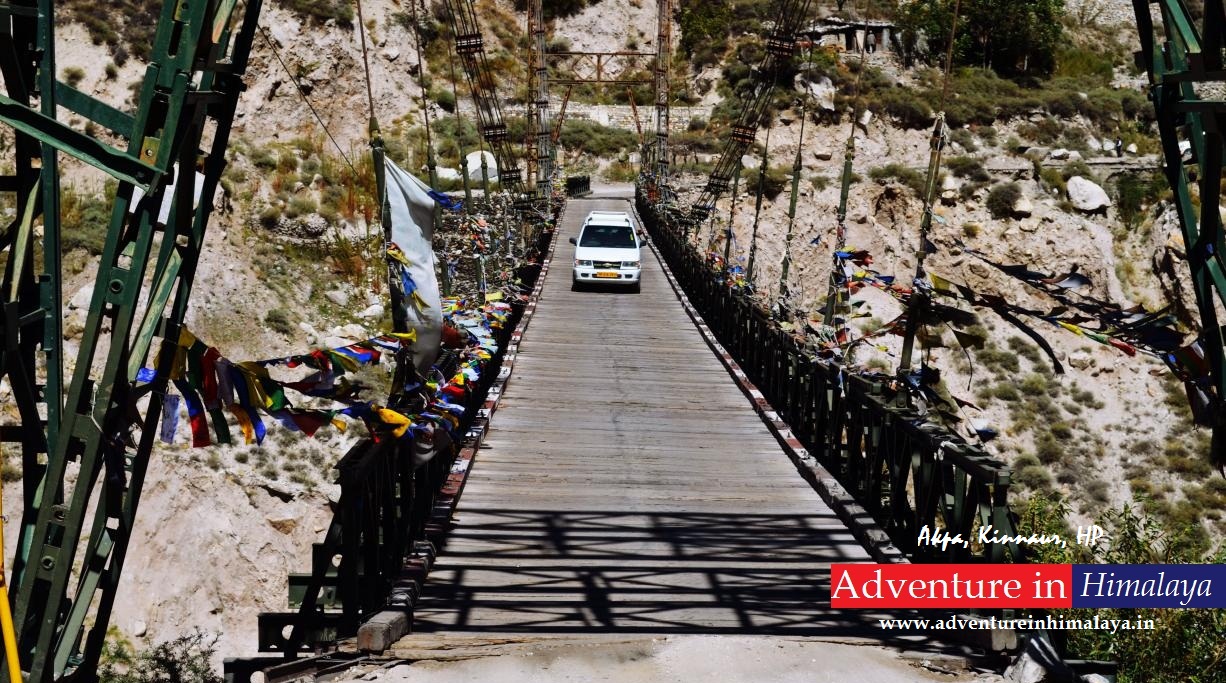
Kinnaur is one of twelve administrative districts in the Indian state of Himachal Pradesh, India. The district is divided into three administrative areas – Pooh, Kalpa, and Nichar – and has five tehsils (counties). The administrative headquarters of Kinnaur district is at Reckong Peo. From here Kinnaur Kailash, considered to be the abode of Lord Shiva, can be viewed. As of 2011 it is the second least populous district of Himachal Pradesh (out of 12), after Lahaul and Spiti, but there are nine vital languages are spoken in the district.
Shimla Kinnaur 4night 5 days package
Shimla Kinnaur Tours 6night 7days
Shimla Kinnaur Lahaul Spiti Manali Tour 7Night 8 Days
Chandigarh –Shimla Kinnaur Spiti Manali – 7 Nights / 8 Days
Manali Shoja Sangla Kinnaur Shimla Trip 7 Night 8 Days
Shimla - Kinnaur - Spiti - Manali 8 Night 9 Days Tour
Manali kinnaur 9 night 10 days tour
Chandigarh Shimla Kinnaur Valley Tour 9N/10D
As the region was inaccessible, there used to be very little interaction with people from the plains and, therefore, the ancient Hindu texts considered mystical Kinnars as halfway between humans and gods!
Kinnaur, surrounded by the Tibet to the east, is in the northeast corner of Himachal Pradesh, about 235 km (146 mi) from the state capital, Shimla. It has three high mountains ranges, namely, Zanskar, Himalayas and Dhauldhar that enclose valleys of Sutlej, Spiti, Baspa and their tributaries. The slopes are covered with thick wood, orchards, fields and picturesque hamlets. The much religious Shivling lies at the peak of Kinnaur Kailash mountain. The district was opened for the outsiders in 1989. The old Hindustan-Tibet Road passes through the Kinnaur valley along the bank of river Sutlej and finally enters Tibet at Shipki La pass.
It is not only the scenic beauty which appeals to the young and old alike but also the life styles of the people, their culture, heritage, customs and traditions. The people have strong culture and beliefs, generally follow Buddhism and Hinduism, believing the Pandavas came and resided in the land while in the exile. Thousands-year-old monasteries still exist in the area. Buddhists and Hindus live in harmony symbolising the traditional brotherhood and friendship of the people of both the faiths. Apples, chilgoza (chestnut) and other dry fruits are grown here. The high terrain here facilitates adventures and sports. Trekking routes include the 'Parikarma of Kinnaur Kailash'.

A mountainous area, ranging in altitude from 2,320 to 6,816 metres (7,612 to 22,362 ft), Kinnaur is one of the smallest districts in India by population. It is famous for the Kinnaur Kailash, a mountain sacred to Hindus, close to the Tibetan border.
The present day Kinnauras do not constitute a homogeneous group and display significant territorial and ethnic diversity. For a better understanding of ethnic and cultural distribution, Kinnaur district may be classified into three territorial units.
Lower Kinnaur comprise area between Chora at the boundary of the Kinnaur district with Rampur Bushahr and Kalpa including Nichar and Sangla valleys. The people of Lower Kinnaur are primarily of the Mediterranean physical type. It is difficult to distinguish them from the people residing in the adjoining Shimla district with whom they have some affinity. The people of lower Kinnaur are mostly Hindus though the ethno-historical factors have resulted in growing Buddhist influence.
The middle Kinnaur is the area between Kalpa and Kanam including Moorang tehsil. The people of middle Kinnaur are of mixed racial strain. Some have marked Mongoloid and others marked Mediterranean features. In some cases there is an admixture of the above two in varying degrees. The inhabitants are Buddhist as well as Hindus. Many people have faith in both the religions. It is very common to see Buddhist flag in most houses.

The upper Kinnaur comprises remaining north-eastern part of the district i.e. the area between Poo (town) and Hangrang valley extending up to international border with Tibet. The predominant physical type of upper Kinnaur is the Mongoloid though a few persons with Mediterranean features are also seen in the area around Poo. Some persons show the blending of Mediterrean and Mongoloid elements in varying degrees. However the people of Hangrang valley are almost universally Mongoloids. They mostly follow Mahayana Buddhist religion.
